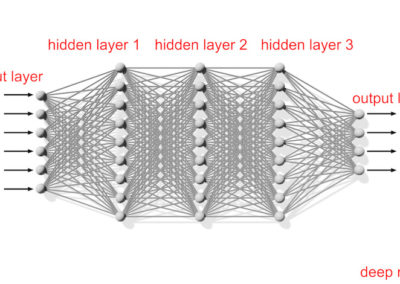
Qizhou Wang
MS/PhD Student
Qizhou graduated with his bachelor’s degree from the University of Electronic Science and Technology of China (UESTC). His graduation project is a computer vision-based facial labeling application. During his visiting study in KAUST, he participated in the project of robust inverse design of metasurfaces via deep learning.
Qinzhou joined Primalight in Sep. 2020. His research focuses on Nano-Photonics, Deep Learning, and Optimization.
email: qizhou.wang@kaust.edu.sa
location: building 1, level 4, 4200-WS33



